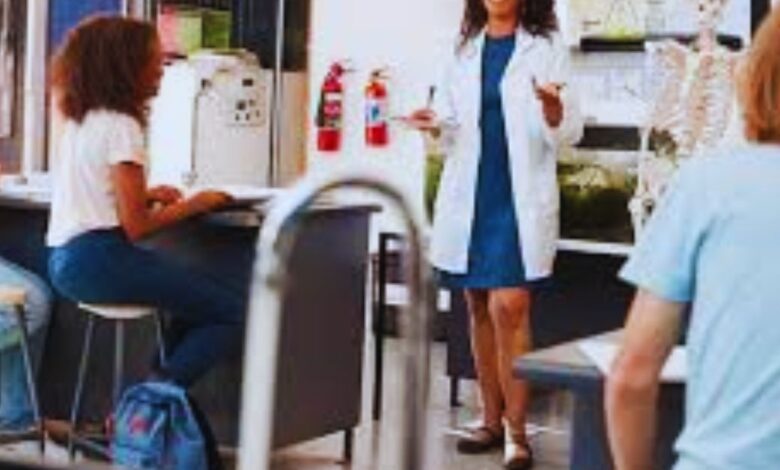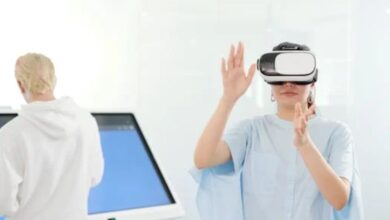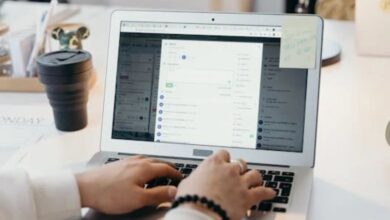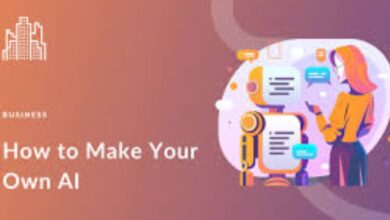Virtual Labs vs. Traditional Labs: Pros, Cons, and Future Outlook

In the ever-evolving world of education and research, the debate between virtual labs and traditional labs has garnered significant attention. With advancements in technology and the increasing demand for flexible learning environments, virtual labs have become a popular alternative to the hands-on experiences offered by traditional labs. In this article, we will explore the pros and cons of both types of labs and offer a glimpse into the future outlook for laboratory-based education and research.
What Are Virtual Labs?
Virtual labs are computer-based simulations that replicate real-world laboratory experiments and environments. These online platforms allow students and researchers to engage in scientific experiments without the need for physical materials or lab space. Virtual labs are designed to simulate the processes of real-world experiments, providing an interactive and immersive experience. They are often used in educational settings, particularly in fields like biology, chemistry, and physics.
What Are Traditional Labs?
Traditional labs are physical spaces equipped with the necessary tools, materials, and instruments for conducting hands-on experiments. In these environments, students and researchers interact with real-world equipment and substances to explore scientific concepts and gather data. Traditional labs have been a cornerstone of education and research for centuries, offering a tactile and immersive learning experience.
Pros of Virtual Labs
- Cost-Effective Virtual labs eliminate the need for expensive equipment, chemicals, and physical spaces. This makes them an attractive option for educational institutions with limited budgets. By using simulations, schools can save on the costs associated with maintaining traditional lab facilities.
- Accessibility and Flexibility One of the key advantages of virtual labs is that they can be accessed from anywhere with an internet connection. Students can engage in experiments at their own pace, without the constraints of scheduled lab hours. This flexibility is particularly beneficial for online courses and remote learning.
- Safe Learning Environment Virtual labs provide a safe space for students to conduct experiments without the risk of injury or exposure to hazardous materials. Dangerous chemicals or complex processes can be simulated in a controlled environment, allowing students to gain experience without compromising their safety.
- Repeatability Experiments conducted in virtual labs can be repeated as many times as needed, enabling students to test various hypotheses, modify parameters, and explore different outcomes. This ability to revisit experiments helps reinforce concepts and enhances the learning process.
- Immediate Feedback Many virtual lab platforms provide instant feedback, allowing students to assess their performance and adjust their approach in real-time. This immediate evaluation can help identify mistakes and guide students toward a deeper understanding of the subject matter.
Cons of Virtual Labs
- Limited Hands-On Experience While virtual labs can simulate experiments, they cannot replicate the tactile experience of working with real-world materials and equipment. The physical manipulation of tools, chemicals, and specimens is an integral part of the learning process, which virtual labs may not fully capture.
- Technology Dependence Virtual labs rely heavily on technology, which can pose challenges for students who may not have access to reliable internet connections or up-to-date hardware. Technical glitches or compatibility issues can disrupt the learning process and prevent students from fully engaging in experiments.
- Lack of Experimentation in Uncontrolled Environments Traditional labs allow students to deal with real-world uncertainties and challenges, such as equipment malfunctions or unexpected outcomes. Virtual labs, while precise and controlled, do not provide students with the experience of troubleshooting and adapting to real-world variables.
- Limited Scope for Advanced Experiments While virtual labs are suitable for basic to intermediate experiments, they may not be equipped to handle more advanced or specialized scientific inquiries. Some experiments require the use of expensive or complex equipment that cannot be accurately simulated in a virtual environment.
Pros of Traditional Labs
- Hands-On Learning Traditional labs offer students the opportunity to physically engage with materials and equipment, providing a deeper understanding of the practical aspects of science. This tactile experience is invaluable in disciplines that require dexterity, such as engineering or medicine.
- Real-World Problem Solving In traditional labs, students are exposed to the unpredictable nature of real-world experiments. They may encounter unexpected results or equipment malfunctions, which helps build problem-solving and critical-thinking skills that are essential in research and industry.
- Collaborative Learning Traditional labs foster a collaborative learning environment where students can work together, share ideas, and troubleshoot problems. This teamwork aspect is crucial for developing communication and interpersonal skills, which are essential for professional success.
- Comprehensive Skill Development Traditional labs offer a more comprehensive approach to skill development, including handling instruments, measuring data, and analyzing results. These skills are necessary for students who plan to pursue careers in fields that require hands-on experience, such as chemistry, medicine, or engineering.
Cons of Traditional Labs
- High Costs The setup and maintenance of traditional labs are expensive. This includes the costs of equipment, materials, safety measures, and physical space. These financial constraints can be a barrier for institutions with limited funding, particularly in developing countries.
- Limited Accessibility Traditional labs require physical presence, making them inaccessible to students who may not live near educational institutions or lack transportation options. Additionally, the availability of lab spaces is often limited, with students having to wait for scheduled sessions.
- Safety Risks Working with chemicals, electrical equipment, and other hazardous materials poses inherent risks. While safety protocols are in place, accidents can still occur, leading to potential injuries or exposure to dangerous substances.
- Time Constraints Traditional labs are typically bound by a fixed schedule, limiting the amount of time students can spend on experiments. This time constraint can hinder students from fully exploring and understanding complex concepts or repeating experiments to gain a deeper understanding.
Future Outlook for Virtual and Traditional Labs
As technology continues to advance, the future of laboratory education is likely to involve a combination of both virtual and traditional labs. Hybrid models that integrate virtual simulations with hands-on experiments are becoming increasingly popular. These models can provide students with the best of both worlds—access to flexible, cost-effective virtual labs for foundational learning, combined with traditional labs for more in-depth, real-world experimentation.
Moreover, advancements in virtual reality (VR) and augmented reality (AR) could further enhance the immersive experience of virtual labs, allowing students to interact with 3D models and perform complex experiments in a more lifelike environment. This could bridge the gap between the hands-on experience of traditional labs and the convenience of virtual simulations.
Conclusion
Both virtual and traditional labs offer distinct advantages and challenges. Virtual labs provide cost-effective, flexible, and safe environments for learning, but they cannot fully replace the hands-on experience and real-world problem-solving opportunities offered by traditional labs. As technology continues to evolve, the future of laboratory education will likely see an integration of both approaches, ensuring that students can benefit from the strengths of each. By embracing both virtual and traditional labs, we can create a more comprehensive and accessible learning experience for students across the globe.



